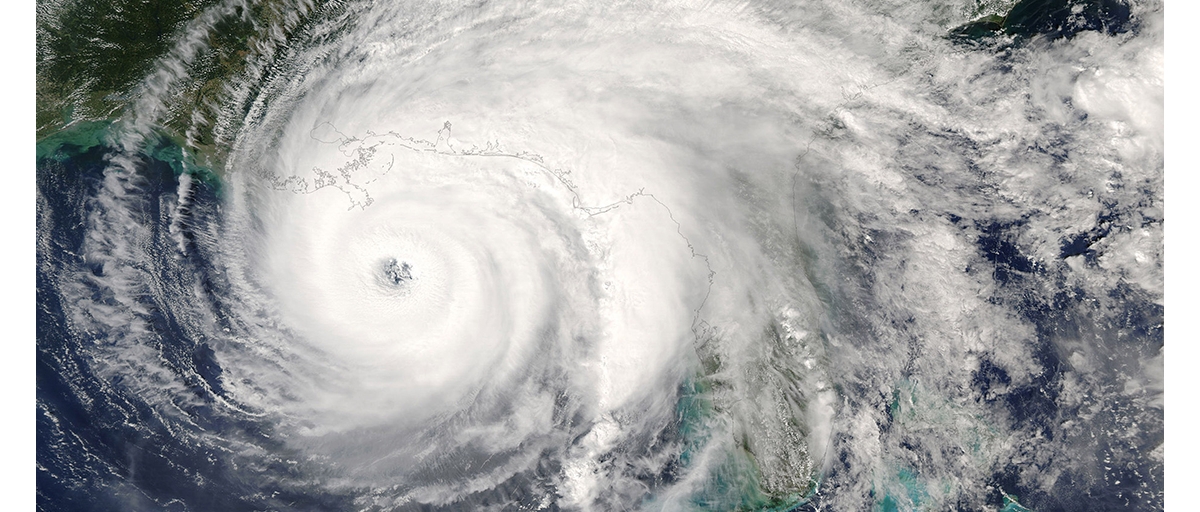Use the Sunbelt Rentals App
Find, rent, and return equipment, right at your fingertips

Hurricane Ian Equipment Advisory: 5 Tips to Stay Safe and Recover Quickly
Hurricane Ian has strengthened to a Category 3 and continues to strengthen in the Gulf Coast as it heads towards Florida. The National Weather Service expects storm surges and damaging winds to continue throughout the week.
In the wake of Hurricane Ian, the safety of our customers and communities is our #1 priority and a core value for our team. We’re here to support you with emergency equipment and services. Also, here are 5 tips to help you and your family, business, and employees stay safe and recover quickly.
1. Remain Alert in the Aftermath.
Sometimes the worst impacts of a storm occur after it moves on, so be vigilant.
- Get weather alerts—For up-to-the-minute information, sign up for automatic alerts on your mobile phone from the National Weather Service and other government agencies.
- Tune in to local news—Get early warnings about flash floods, power outages, and wind damage that can affect your business.
- Stay in communication—Use consistent messaging to inform staff, customers, stakeholders, and media about the disaster and how your business is responding.
- Prioritize people—They’re irreplaceable. Make sure your team feels safe and supported physically and emotionally.
2. Conduct Triage on Damage.
To get your business back on track, start by ensuring the integrity of facilities and evaluating mechanical, electrical, HVAC, and computer systems for damage. Make sure it’s safe to access your site, then rank key tasks, and start on repairs and recovery.
3. Identify Equipment Needs.
Here are the issues businesses typically face—and the equipment you’ll need to get back in operation quickly and efficiently.
- Power outage: You’ll need to independently power critical processes until utilities are restored. That calls for generators, battery energy storage systems, and light sources.
- Water removal: Removing water and moisture ASAP can help prevent the worst of the damage. Dewatering pumps can transfer fluid out of flooded areas.
- Interior restoration: To prevent secondary damage like cracking wood and mold, you must reduce humidity to below 60% within 48 hours of flooding and maintain a temperature between 60°F and 80°F. Air movers lift moisture and help in drying, while sweepers and scrubbers remove water, pick up small debris, and clean floors. Air scrubbers and negative air machines remove dangerous airborne contaminants.
- Exterior cleanup: To stage and offload equipment on site and remove heavy debris, you’ll need material handling equipment—including skidsteers, gravel buckets, forklifts, chippers, and chain saws. Pressure washers can clean up the exterior and aerial work platforms help you inspect, clean, and repair elevated areas outdoors and in.
4. Order Equipment
Time is critical when you’re responding to a disaster. We’re ready to help 24/7:
- For immediate assistance, contact our Customer Service Hotline at 1-800-667-9328 or complete our online form.
- To confirm equipment availability and reservations placed online, contact your nearest Sunbelt Rentals location.
- If you submitted an order via My Account, review your emailed reservation and call the location listed on the reservation.
- During a declared state of emergency and/or a pending or existing natural disaster, all rentals of generators over 15kW will be billed at a one-week minimum rental period for 24-hours of usage per day. The one-week minimum rental at 24-hour usage rates does not apply to pre-existing generator rentals.
If you currently have equipment on rent that is damaged or lost as a result of the storm, please follow the instructions listed here.
5. Prepare in Advance.
Disasters put your critical operations at risk. The best response is a plan you develop long before an emergency occurs. Then you can activate the response without thinking through each step.
To make it easier, see our Ultimate Guide to Disaster Recovery. Also use the guide to develop an emergency response preparedness (ERP) plan specific to your site. Partner with an equipment solutions services provider on your ERP plan to ensure you’ll have access to power generation and other emergency equipment when a disaster strikes.
